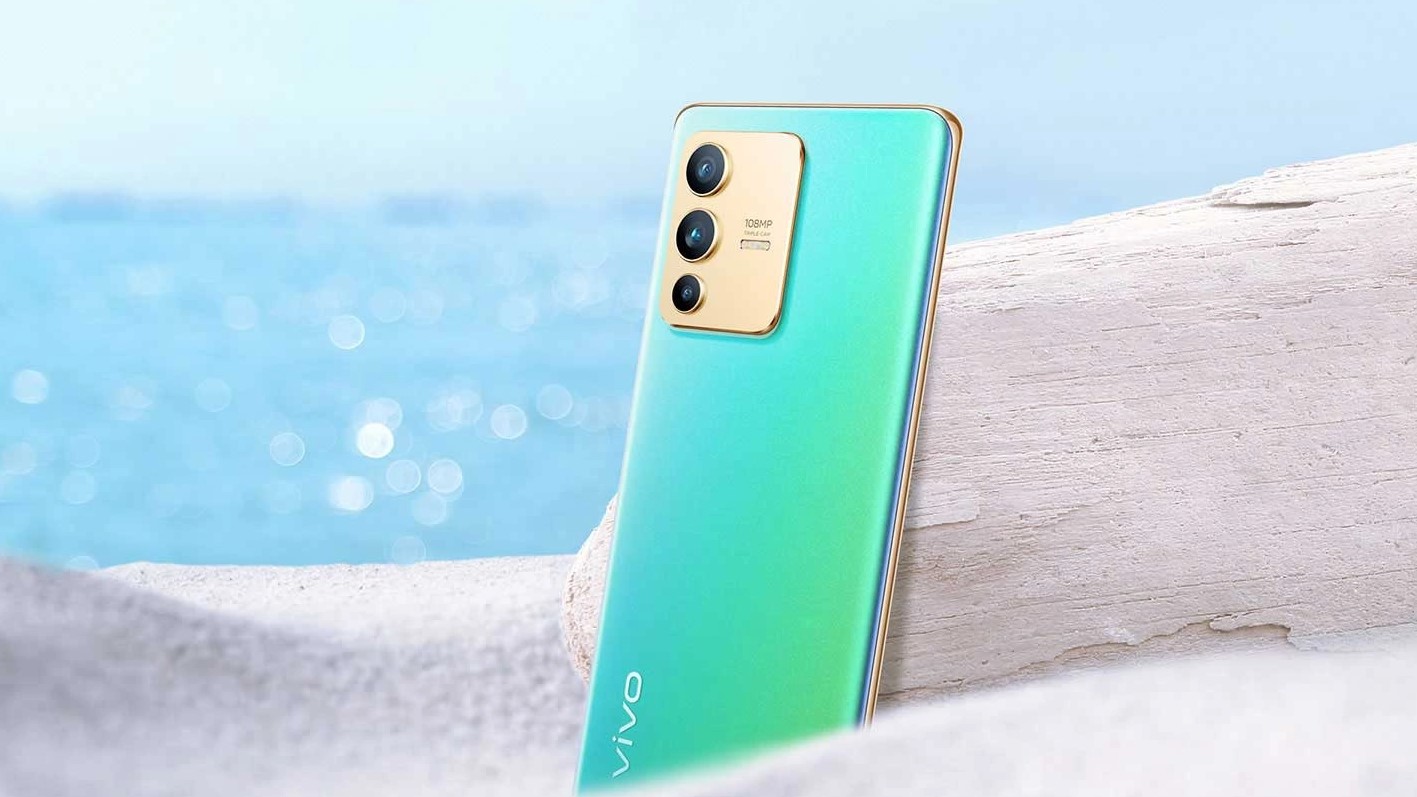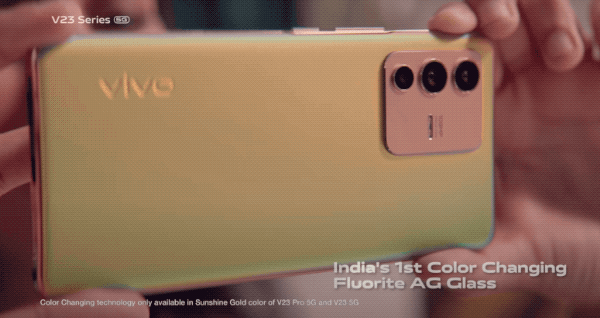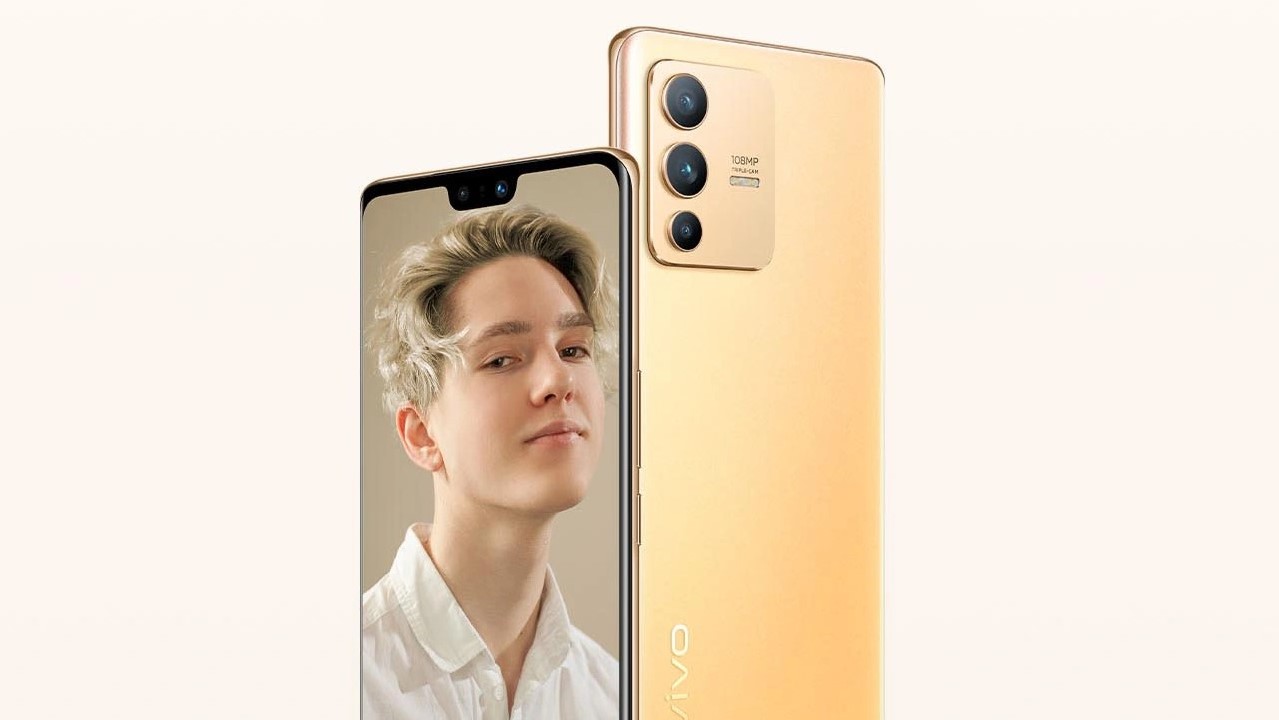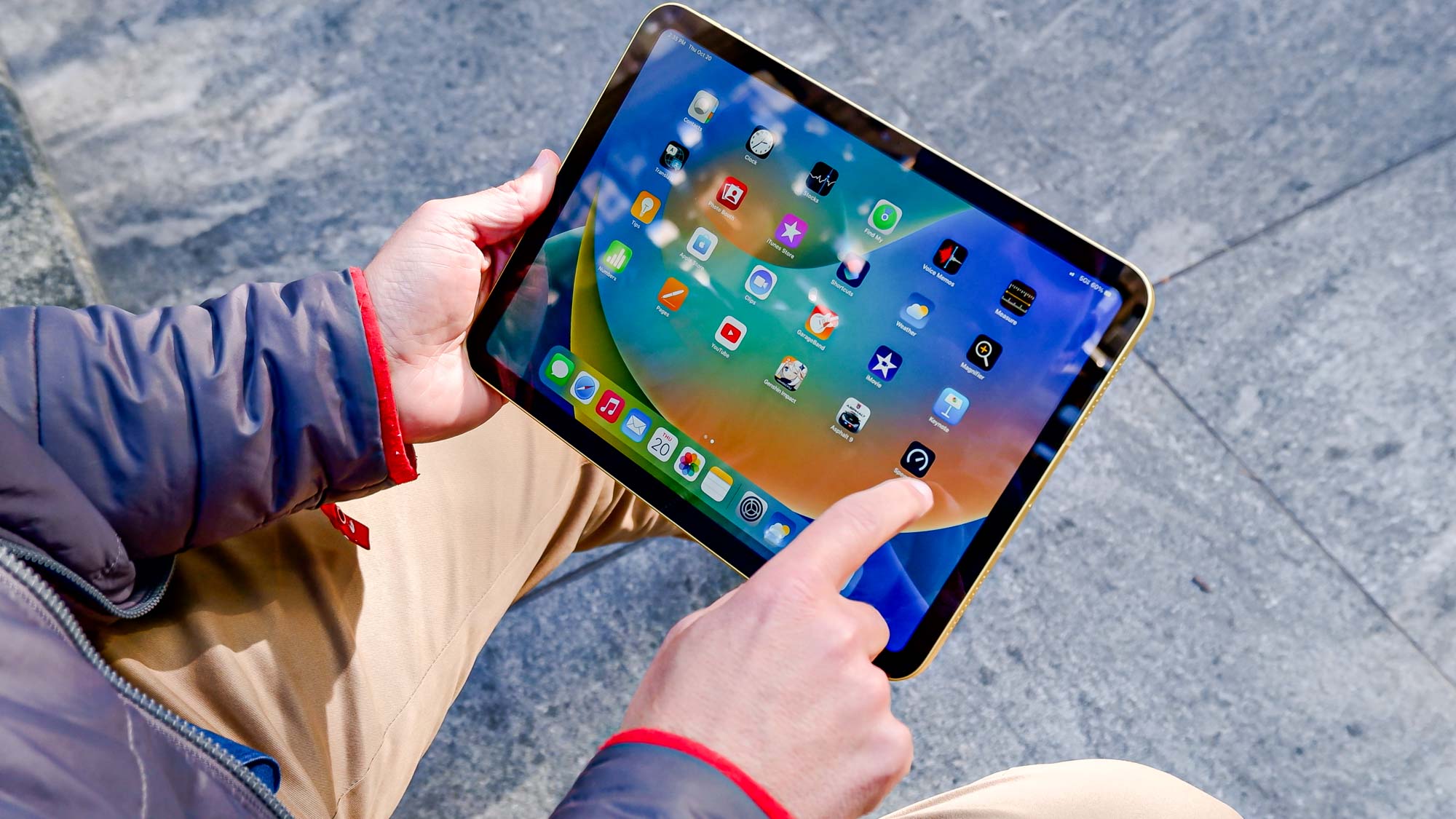This new Android phone can actually change colors — here's how
The Vivo V23 and V23 Pro can change color via 'Fluorite AG Glass'

Update (Jan 7th): We've chosen the Vivo V23 as one of the most interesting phones revealed during CES 2022.
Phones now come in all manner of colors, with even the traditionally muted Samsung Galaxy and Apple iPhone ranges now available in a mix of shades. But it can be easy to get bored of the color of your everyday phone, even if it’s bold and vibrant. Not so with the Vivo V23 and V23 Pro.
That’s because this new Android phone comes with the ability to change color — yes, really. The Sunshine Gold models will apparently shift hues entirely when exposed to sunlight. If that's done for some 30 seconds, the phone’s back will change from its original gold to a blue-green shade.
This is achieved using a “Fluorite AG Glass Design” with crystals that shine and change color due to a reaction when exposed to UV light, aka sunlight. Don’t expect the Stardust Black version to change, though, as it’ll keep its rather fetching textured black finish regardless of the star-powered radiation waves it’s exposed to.

How appealing either of those colors will be is down to the eye of the beholder, but the ability to change hue is a neat party trick. That said, we’d need to see it in action before we pass judgement on how successfully it carries it off.
If you’re shrugging at this, then the new V-series phones from Vivo have another neat feature: the display notch holds a pair of selfie cameras. One is a 50MP main sensor and the other is an 8MP ultra-wide one.

Dual selfie cameras have been seen before, notably with the OnePlus Nord and the Google Pixel 3 XL and its chunky display notch, but they aren’t common sights. In this case, a large megapixel main lens paired with an ultra-wide camera could yield some detailed selfie shots.
Sign up to get the BEST of Tom's Guide direct to your inbox.
Get instant access to breaking news, the hottest reviews, great deals and helpful tips.
As for other camera specs, on the rear of both phones you’ll find a trio of snappers, comprising an 8MP ultra-wide lens and 2MP macro sensors, with the V23 Pro sporting a 108MP main lens and the standard V23 using a 64MP camera. Those are some solid megapixel counts for the main cameras, though we suspect the phones' image quality will depend on the computational photography and image signal processing behind the cameras.
Speaking of processing, that'll be taken care of by a MediaTek Dimensity 920 chipset in the V23 and Dimensity 1200 in the V23 Pro. RAM and storage come in 8GB and 12GB, and 128GB and 256GB variants, respectively.
On the display side, the V23 Pro will have a curved 6.56-inch 1080p display with a 90Hz refresh rate, while the V23 features a flat and smaller 6.44-inch display also running at 90Hz.
Overall, both phones seem like compelling mid-range Android handsets. But they aren’t destined for the U.S. or U.K. at the time of writing, meaning a spot on our best cheap phones list won't be forthcoming. However, they could set a standard for other phones to follow when it comes to being able to shift colors on the fly.
Roland Moore-Colyer a Managing Editor at Tom’s Guide with a focus on news, features and opinion articles. He often writes about gaming, phones, laptops and other bits of hardware; he’s also got an interest in cars. When not at his desk Roland can be found wandering around London, often with a look of curiosity on his face.

